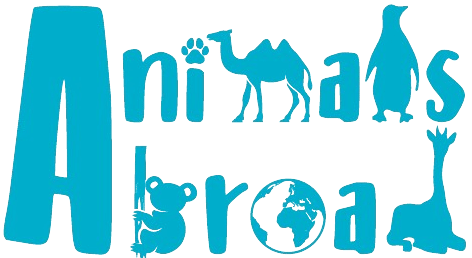We first discovered the Okonjima Nature Reserve when searching for places to see the pangolin, Mason’s favourite animal. Although Okonjima has walking tours specifically geared towards searching for pangolins, participants must be sixteen years old. Despite this, the family-run conservation area piqued our interest as it is home to some of the more elusive species in Namibia, such as the leopard, brown hyenas, and white rhinos.
Okonjima is a full-service resort and guests must be accompanied by guides. There is no self-driving allowed. The Nature Reserve has several different activities including day and night game drives, animal-specific tracking tours (pangolin, rhino, and leopard), and an education centre.
Keep reading to learn more about our stay in Okonjima Reserve.
Look for a general picture
Day 1:
We didn’t have to wait long before our first animal sighting. If there was ever a reason to always keep your eyes out for wildlife, this was it. We had not yet entered the designated conservation area when Jackson’s yelled “Rhinos!” After several false alarms in the past few days, Derek and I figured he had seen some large rocks, but we backed up to double-check. And there, hidden within some tall grass were four white square-lipped rhinos (according to Mason) on the side of the road.
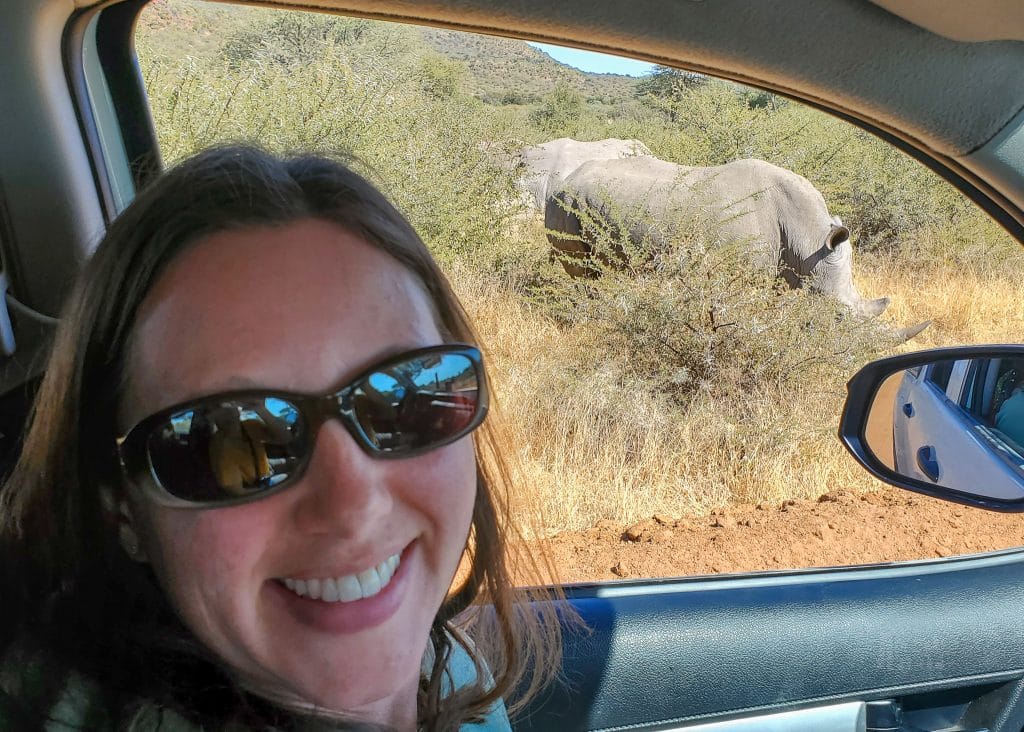
The peaceful moment of observing these serene creatures didn’t last long. They seemed to sense our presence and two of the rhinos walked out of the bush onto the road, allowing us to see their enormity in full. Minutes later, a third rhino followed, leaving the safety of the brush. The small herd moved into the centre of the road, creating what looked like a defensive display. We soon realized why. A few feet off the road, in the deeper grass, was a baby rhino.
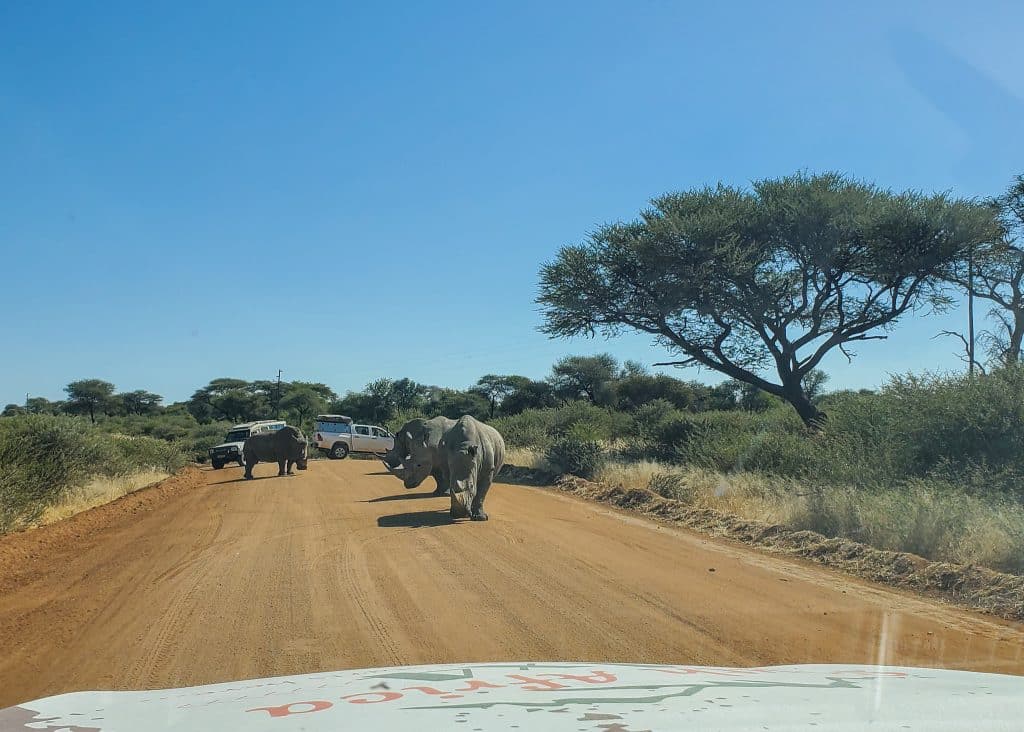
Derek was thrilled by the experience, whereas I was becoming more uneasy by the second. The threesome walked toward us, pushing us back from the baby. They continued to move closer as we reversed until finally, after a few tense moments, they walked to the opposite side of the road. It wasn’t until I saw them lay down that I felt the danger was over. It just goes to show that you can never forget that you are a guest in their habitat and not the other way around.
Campground Photo
Known for its luxury accommodation, with cabins overlooking the nature reserve and private guides and chefs available to hire, the Okonjima’s campsites did not disappoint. When on this campsite, you feel like you are alone in the middle of nowhere surrounded by nature’s beauty with only the rustling of the wind and little critters to keep you company. My favourite part was the peaceful open-air showers with plenty of hot water.
The accommodations are fenced off from the main reserve area. Small animals such as cape hares and antelopes do roam freely in the camping area, and there is no guarantee that large animals and predators won’t wander into your campsite.
Add pictures from camera phone
Once settled, Daniel, the campground manager, arrived to discuss our itinerary for the next three days, and after a quick chat we joined the Leopard Tracking Tour that was about to start. Some of the leopards in the park have radio collars to research their activity and promote conservation activities. Our tour guide, Felix, used the collar to track the leopard to an area of the park where we could begin our search.
We had to travel through rough terrain in the open safari vehicle. The boys huddled close to me as spiky branches attempted to slash us as we sped by. On our way, we saw a leopard turtle, waterbuck, and a family of giraffes with a two-week-old baby.
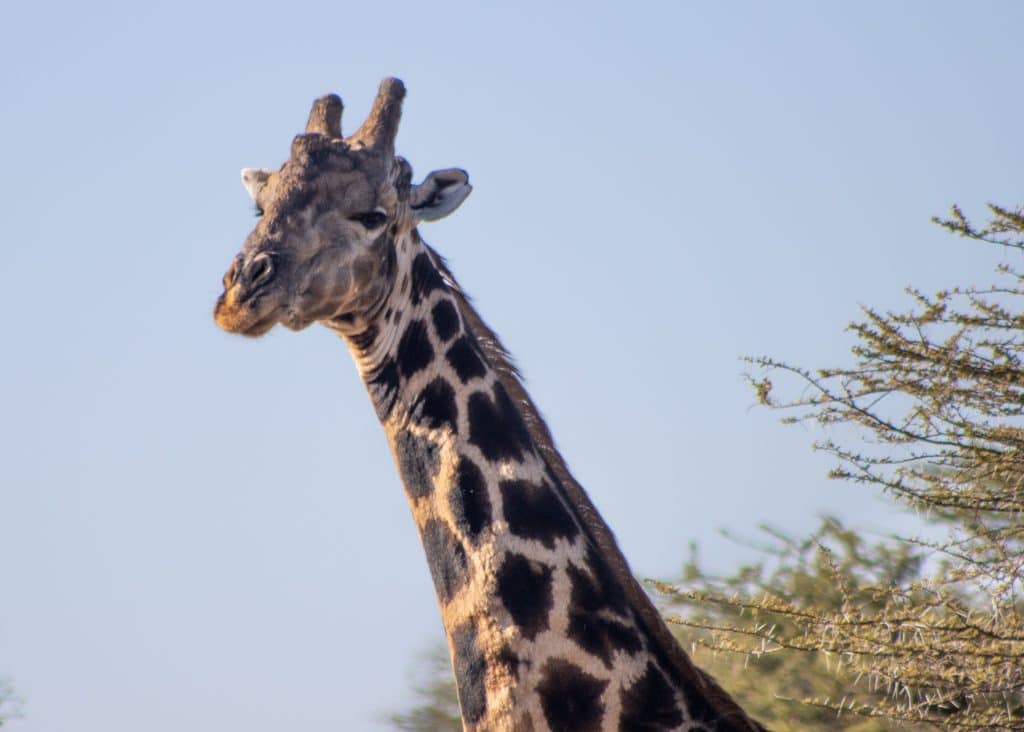
It wasn’t long until the truck stopped near a female leopard low in the grass. I turned my head looking around, but I couldn’t see it. Finally, Derek pointed down, and directly below, a pair of eyes stared back at me. The intense glare was unnerving, as though she had been planning an attack while I was unaware.
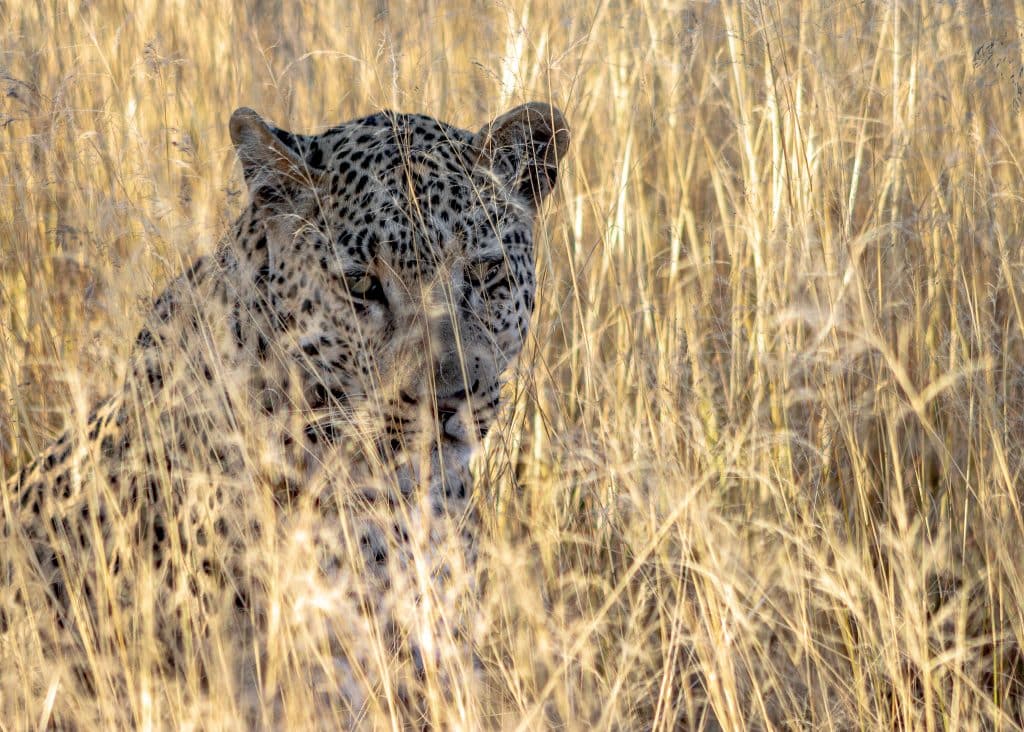
A few minutes later, we discovered a second leopard, a male. This is very unusual because leopards are territorial, often fighting to the death when they come across one another. The younger male was well camouflaged and kept his distance. Can you see him?
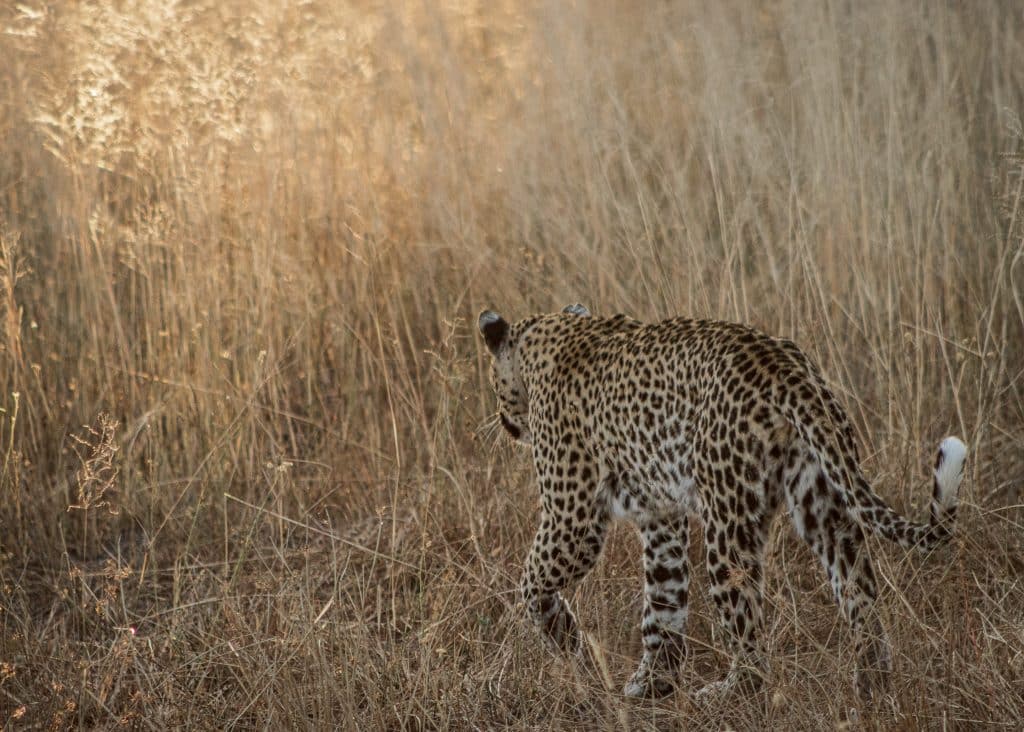
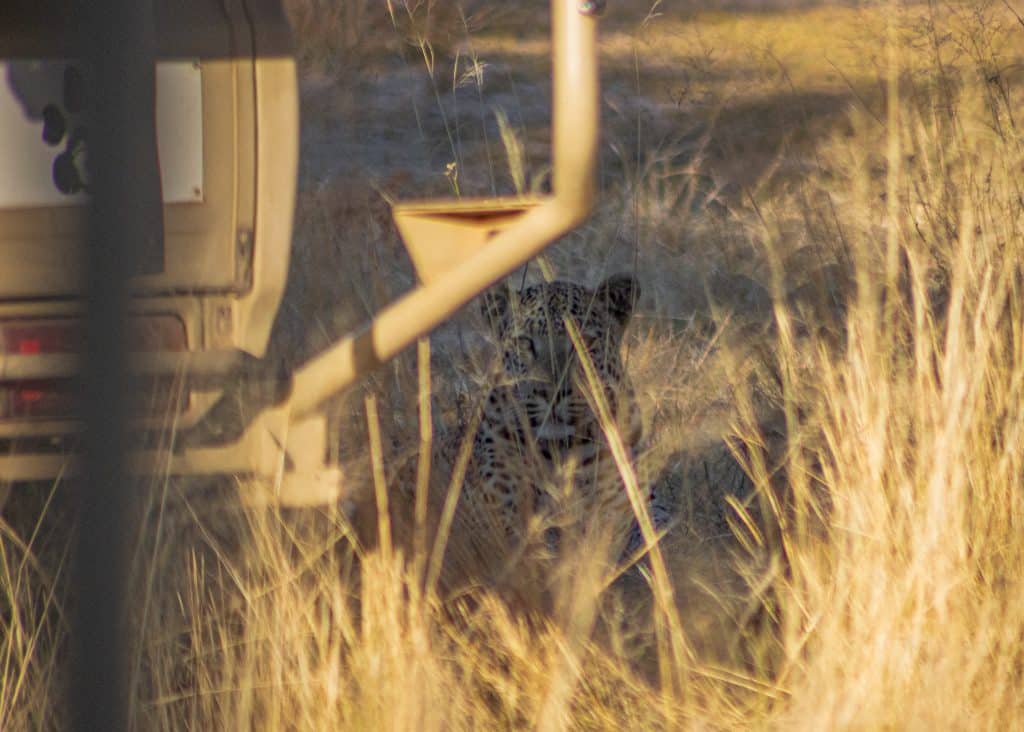
We spent about an hour watching them and taking photographs. The boys were great, staying still and quiet to avoid the predator’s gaze. To add to this, the guide had our youngest, Mason (age 8), sit between two adults to ensure his safety. At one point, the male leopard stood up and walked close to the truck, sensing that there were children, or small prey in the vehicle. Felix, always keeping a close eye on the cats’ behaviour, quickly turned on the truck and reversed slowly, scaring him away.
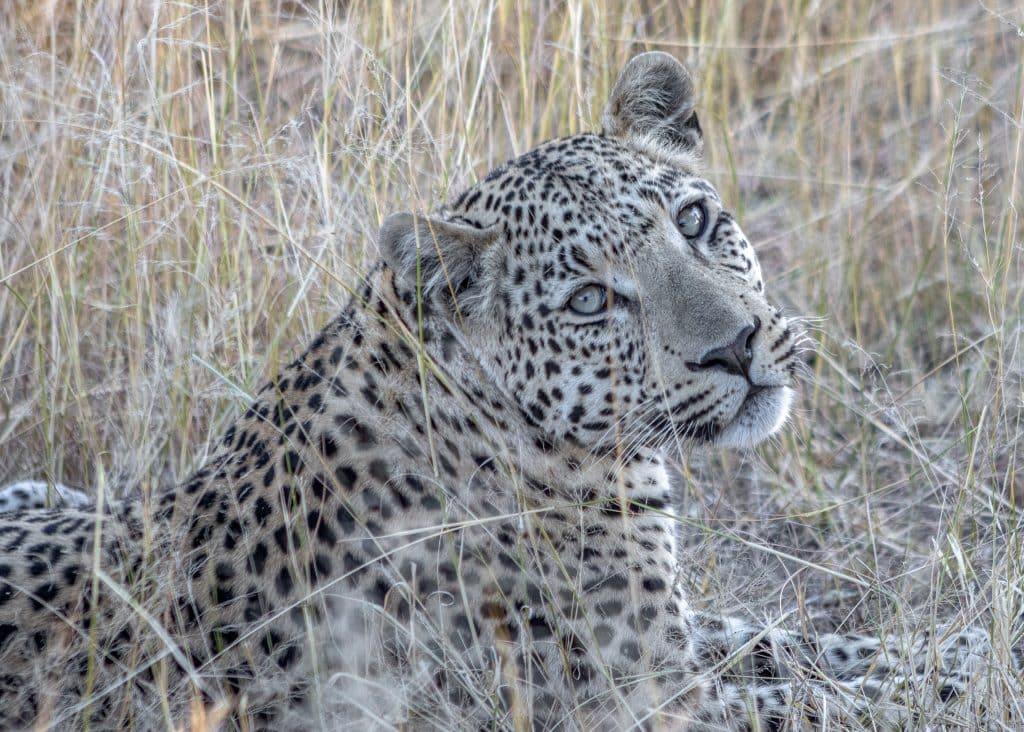
Day 2:
For our second day, we booked a tour of the education centre, the AfriCat Foundation Carnivore Care & Information Centre. The AfriCat Foundation was established in the early 1990s to educate locals and promote conservation efforts for endangered species in Namibia, particularly carnivores.
The boys loved the interactive tours of the rescue centre and medical clinic. Our, Felix,
explained how and why the conversation center was developed. The boys were interested in learning about the conversation efforts and the human-animal conflicts that have occurred between farmers and wildlife in the area. We visited the education room where we could read about the current and past research projects, and then toured the clinic where we learned how injured animals are cared for.
Look for pictures from the education center
The tour ended with a drive through the AfriCat enclosures to see what they call animal ambassadors, meaning animals that have been rescued and are unable to be returned to the wild.
Picture Okonjima 29
There were five cheetahs in the enclosure we visited, four of which were siblings that were rescued at three months old when their mother was killed. It was incredible to see cheetahs up close, much it was much more zoo-like.
Picture Okonjima 30
Our final activity at Okonjima was a Night Drive. It was pitch black with only the Milky Way lighting our path when we left camp that evening. Jackson took advantage of sitting up front with Felix, asking him millions of questions, while Mason, who is afraid of the dark, snuggled close to me in the back.
The bumps and drops created by the uneven road were thrilling in the dark until we drove over a massive dip leading to a flat tire. It turned out that we hit a large aardvark hole. Felix quickly changed the tire, but it was unnerving having him outside the truck in the night.
Unfortunately, we had limited animal sightings. It was a very windy night, so most of the animals were hiding deep in the brush. We did see the brown hyena, which was new as well as giraffes, wildebeest, impala, greater kudu, and jackals. Despite this, we all enjoyed the night drive, a first for the boys. It is such a different experience exploring the parks in complete blackness, searching for sparkling eyes among the bushes and trees.
Conclusion: Our time in Okonjima went quickly and we all had an amazing time.
Picture Etosha 28
Now even more excited, we headed out on our first game drive to an area where lions had been seen earlier in the day. The two male lions were set far off the road, resting in the shade under a tree. They were difficult to see without binoculars or a zoom lens, but it still counts!
Picture Etosha 32
Later in the evening as the sun was setting, we returned to the water hole. The hype we heard about the floodlit pools did not disappoint, standing in the pale dusk light was an elephant cooling off. The first elephant for the boys.
Picture Etosha 30
Once the stars came out and the floodlights lit up, the real show began. Within minutes, a lioness and her cub cautiously approached the waterhole as six giraffes advanced from the opposite direction. The giraffes hung back and stood guard, protecting an infant of their own while the lion took her time drinking. Then off in the distance, we could hear the crunching of rocks as a lone rhino approached and then a few minutes later, more crunching and another rhino emerged. The lioness seemed spooked by the larger animal and quickly moved to leave.
Watching the animals interact was fascinating. We witnessed an intense moment as the protective lioness and rhino slowly past each other and as the herd of giraffes timidly moved closer to the water, maintaining a formation around the smallest member of the family, still on guard of the nearby predator.
Night Pictures?
Jackson and Mason were mesmerized, quietly watching the animals for hours. Witnessing the boys observe these amazing creatures for the first time, through their eyes, the way we did 15 years ago, filled my heart. This was why we came here. To share our love of animals and adventure with them.
Day 2:
The next morning, Mason poked me awake before sunrise, eager to get back to the watering hole for prime viewing. Jackson was equally enthusiastic, not needing a second nudge to wake up either. The four of us sat in the semi-darkness provided by the floodlights enjoying the stars and watching as the sun came up over the horizon. A few minutes later, we were rewarded with another black rhino sighting, this time a mom and baby. Their sweet faces teased us as they slowly munched on the grass and sipped the cool water. It’s hard to pick a favorite, but rhinos just might be mine.
Picture Etosha 27
After breakfast, we packed up camp and set off for our next campground, Halali. The campsites within the park are close together, between 1 and 2 hours if you drive straight through on the main roads. But many, including us, took the opportunity to use the drive between campsites as a game drive, taking our time and turning onto smaller side roads that took us deeper into the park.
The roads in the park were dry and easy to navigate except for the occasional animal roadblock.
Picture Etosha 01
En route, we had a couple of close encounters with an elephant and then with a family of giraffes munching tree branches and leaves on the side of the road.
Picture Etosha 20
Picture Etosha 11
In the evening, we made our way over to the watering hole in Halali where we saw four spotted hyenas, with their limp-like walk and hunched shoulders, stalking toward the pond. We were unsure at first, but soon realized they were fishing for frogs.
Night hyena pictures
Day 3:
The scene at the watering hole the next morning stunned us all. A storm of small birds, as Jackson called it, moved like a black cloud, back and forth between the trees and the pond. Flocking in unison, the tiny birds scattered and then camouflaged as one when they reached the trees. In moments, the once green leaves turned to a dusty brown, giving the appearance of decay. Several hawks circled above and dove toward the unsuspecting victims who couldn’t keep up.
Picture Etosha 15 Add Video
We were eager to start our final game drive in Etosha when we discovered another flat tire on our way out. But, with a service station around the corner, the tire was fixed, and we were on our way in no time.
Picture Etosha 03
Picture Etosha 19
Today we saw several herds along the road including springbok, greater kudu, zebra, and wildebeests, but our best sighting of the day was two elephants sipping and cooling off in a small waterhole. It was entertaining to watch the different ways that elephants can use their trunks. From picking up small leaves to tearing off branches, sucking up sips of water, and spraying themselves down like a hose. Our presence seemed to unsettle the larger bull, and he eventually decided to retreat, crossing the road right in front of the truck, but not before stopping to stare us down as he passed. I held my breath, not knowing which way this interaction was going to go. After a few moments, he gracefully walked away in silence, leaving us in awe.
Picture Etosha 07 Look for more pictures
We experienced a warm welcome from a family of mongooses when we arrived at Namutoni campsite. Dozens of banded mongooses swarmed us, hiding under the trucks, then scurried around the camp digging for bugs in the sand. They were friendly, never approaching us, and could be easily scared away with a loud clap. Soon after, they seemed to lose interest, and we never saw them again.
Picture Etosha 05
Unfortunately, the waterhole at Namutoni was disappointing. The pond was set so far back from the viewing area that it was difficult to make out what animals were there without binoculars.
Conclusion
The smaller size of the park allows close encounters with animals. Compared to the vast terrain of Etosha where animals were often so far off in the distance, all you could make out was a silhouette,. The waterholes is why you go
